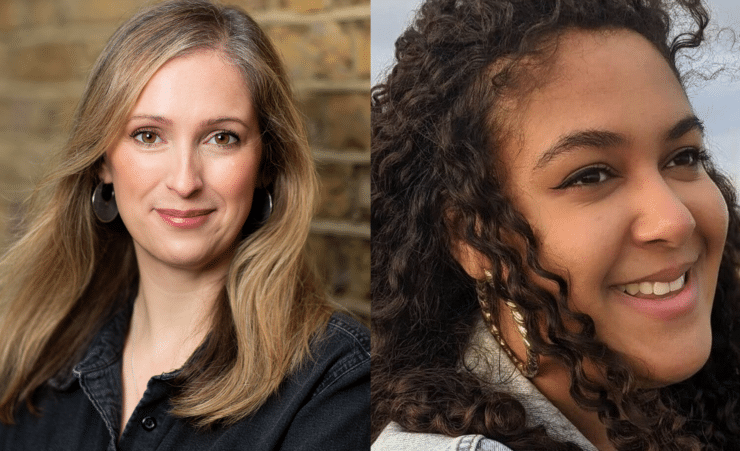
Three ways to be inclusive when working in partnership
In two workshops that I co-facilitated recently, I was struck by the inclusive way that cross-sector groups approached working together.
Both events were part of Connecting Health Communities, a programme that supports partnerships to involve local people in addressing health inequalities. In Devon, we explored how to improve digital access to healthcare for residents, patients and service users; while in Buckinghamshire, the focus is improving access to services for Special Educational Needs and Disabilities (SEND) families.
A focus with both groups has been the on developing inclusive language and practices in order to move discussions into action. The recent sessions brought this to life in three ways:
1. Find common purpose from the start
Stepping back from the detail to find common goals and areas of alignment can create a smoother path for effective cross-sector collaboration. It is vital to find the ‘common ground’ to unify your partnership’s focus and purpose early on, before moving on to discuss different perspectives and approaches to addressing health inequalities. Start by asking the question – ‘what can we as a system, working on this together, do differently to help move things forward?’.
In Buckinghamshire, one member reminded the partnership that they ‘all share the desire to make the process better’. Similarly, a member of the Devon partnership asked the group what their common message is around digital inclusion, and what motivates people to connect with this message moving forward.
2. Recognise the unique contribution of different partners
Whilst working towards a shared goal, it is essential to invite in and value diverse opinions and contributions. This leads to constructive conversations that form the basis for longer term partnerships.
Disagreement doesn’t always have to feel difficult, however. I enjoyed seeing how these groups created space for differing views by setting a common goal and being clear that they wanted to hear from everyone.
In Buckinghamshire, this was about including families alongside professionals within decision-making processes, recognising parental expertise and ‘making families heard’. In Devon, it was about framing things in a way that felt empowering to patients and residents – shifting the conversation from barriers to opportunities.
3. ‘Put compassion back into the process’
Humanising structures and processes need to be at the heart of your health inequalities conversations, to ensure inclusion. In Devon, the partnership gave equal time to hearing people’s experiences of accessing tech, as to considering solutions and next steps. The partnership is moving towards ‘humanising tech’ and making digital consultations more personalised to ensure digital inclusion: ‘We need to personalise digital to make the experience comfortable for the patient’. To do this, they are making digital interactions less transactional and more human. There was a call for digital solutions to complement, not replace, personal contact.
I hope these reflections spark some interesting thoughts for other partnerships considering how to put inclusivity at the heart of their work.
Connecting Health Communities is a programme working with local health systems and communities to kick-start and sustain cross-sector partnerships that deliver improved health outcomes for vulnerable groups. Keep in touch with related updates and learning by signing up to our quarterly newsletter.


